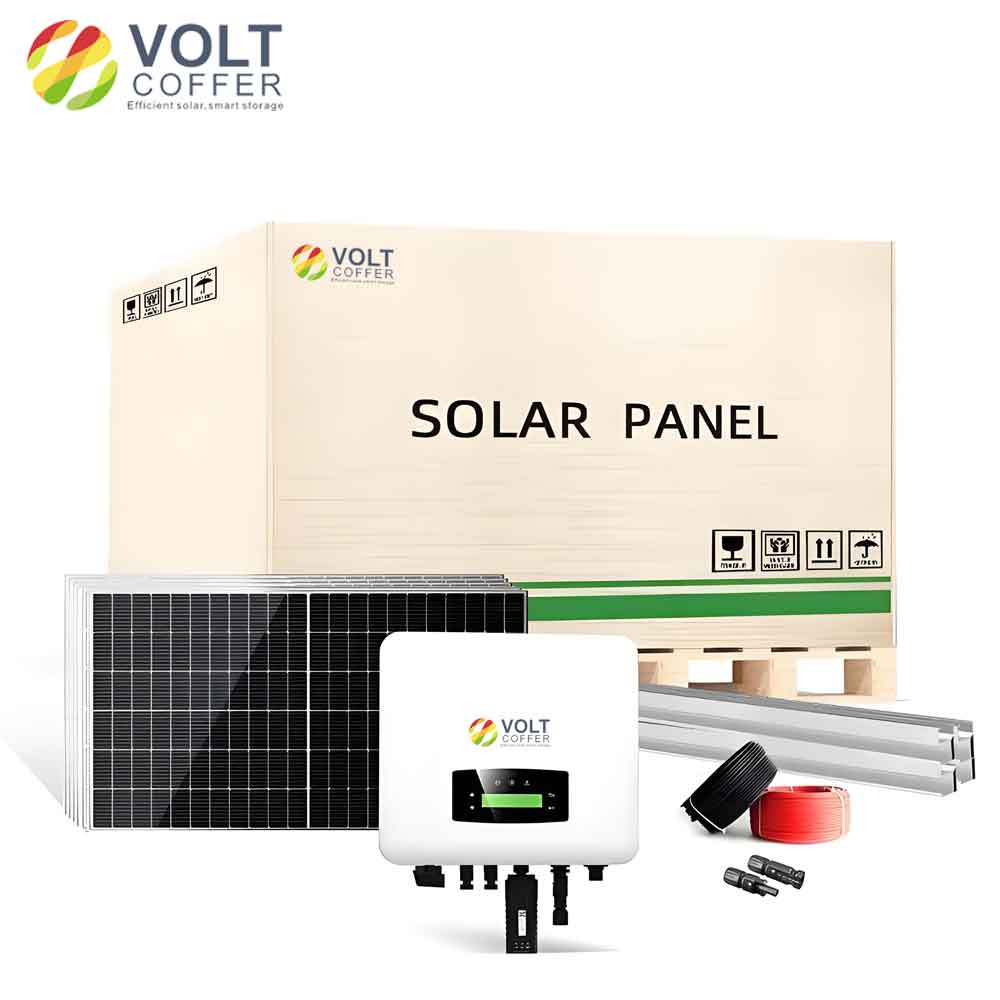As the world shifts towards sustainable energy solutions, residential solar kits have emerged as a popular and viable option for homeowners looking to reduce their carbon footprint and energy bills. Recent advancements in solar technology, combined with favorable market trends, have significantly enhanced the efficiency, affordability, and accessibility of solar kits. This article delves into the latest innovations in residential solar kits and examines the prevailing market trends driving their adoption.
Technological Advancements
1. High-Efficiency Solar Panels
One of the most significant advancements in solar technology is the development of high-efficiency solar panels. Modern panels, such as those utilizing PERC (Passivated Emitter and Rear Cell) technology, offer efficiency rates exceeding 22%. These panels capture more sunlight and convert it into electricity more effectively, allowing homeowners to generate more power from smaller roof areas.
2. Bifacial Solar Panels
Bifacial solar panels are another groundbreaking innovation. Unlike traditional panels that capture sunlight only from the front, bifacial panels can absorb light from both sides. This dual-sided design increases energy production, especially in environments with high reflectivity, such as snow-covered or sandy areas.
3. Integrated Microinverters
Microinverters, which convert DC power from solar panels into AC power for home use, have traditionally been installed separately. However, the latest solar kits feature integrated microinverters, simplifying installation and improving system efficiency. These integrated systems also offer enhanced monitoring capabilities, allowing homeowners to track the performance of individual panels.
4. Energy Storage Solutions
Energy storage is a critical component of modern solar kits. Advances in battery technology, particularly with lithium-ion batteries, have made it feasible for homeowners to store excess energy generated during the day for use at night or during power outages. Systems like the Tesla Powerwall and LG Chem Resu are leading the market, offering reliable and scalable energy storage solutions.
Market Trends
1. Declining Costs
The cost of solar panels has been steadily decreasing over the past decade. This trend is expected to continue, driven by economies of scale, improved manufacturing processes, and increased competition. As prices drop, more homeowners are finding solar kits to be a cost-effective alternative to traditional energy sources.
2. Government Incentives
Governments worldwide are promoting the adoption of solar energy through various incentives. Tax credits, rebates, and grants are available to reduce the upfront costs of solar installations. In the United States, the federal Investment Tax Credit (ITC) allows homeowners to deduct a significant percentage of their solar costs from their taxes, further boosting the market.
3. Financing Options
Innovative financing options have made solar kits more accessible to homeowners. Solar leases, power purchase agreements (PPAs), and solar loans enable homeowners to install solar systems with little or no upfront cost. These financing mechanisms spread the cost over several years, making solar investments more manageable.
4. Smart Home Integration
The integration of solar kits with smart home technologies is another emerging trend. Smart inverters, energy management systems, and home automation platforms allow homeowners to optimize their energy usage. These systems can automatically adjust energy consumption based on production levels, enhancing overall efficiency and convenience.

Comparative Table of Top Residential Solar Kits
| Feature | High-Efficiency Kit | Bifacial Kit | Integrated Microinverter Kit | Energy Storage Kit |
|---|---|---|---|---|
| Efficiency Rate | >22% | >20% | >19% | >20% |
| Average Cost (per watt) | $2.50 | $2.70 | $2.90 | $3.00 |
| Installation Complexity | Moderate | High | Low | High |
| Energy Storage | Optional | Optional | Optional | Included (10 kWh battery) |
| Warranty (years) | 25 | 30 | 25 | 25 |
| Suitable for | Small Roofs | High Reflectivity Areas | Any Roof Size | Off-Grid Solutions |
Conclusion
The advancements and trends in residential solar kits are making solar energy more accessible and efficient for homeowners. With innovations like high-efficiency panels, bifacial technology, integrated microinverters, and robust energy storage solutions, solar kits are becoming a cornerstone of sustainable living. Market trends, including declining costs, government incentives, flexible financing options, and smart home integration, further support the widespread adoption of residential solar systems. As these technologies continue to evolve, the future of residential solar energy looks brighter than ever.
